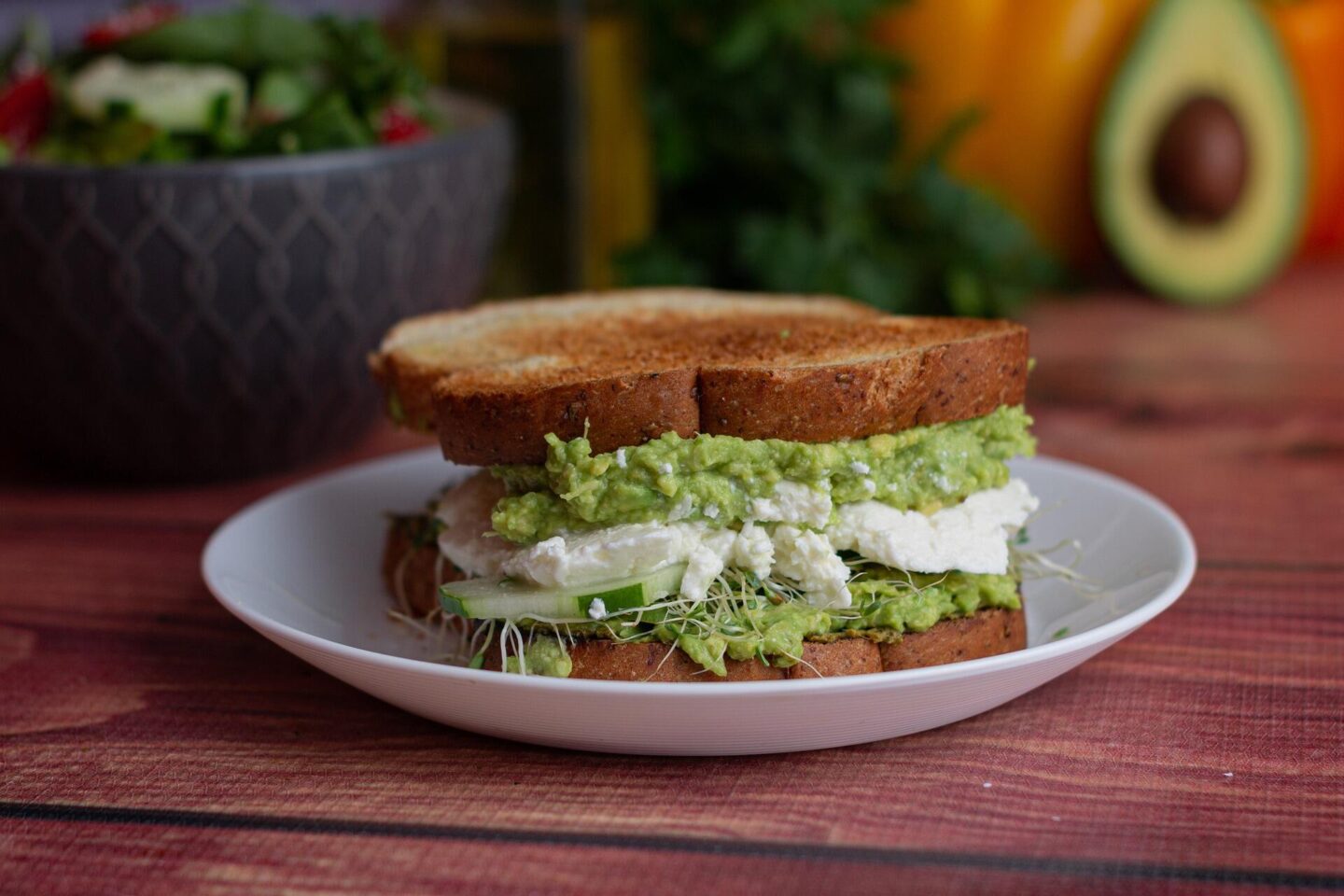
What comes to your mind when you think of the last wholesome meal you had? Is it an avocado toast with eggs? Or is it, maybe, wild-caught salmon with a side of roasted potatoes? Perhaps, you can’t even remember what it was. You know the drill, life gets busy and it is easy to sacrifice habits in the hope of reclaiming them once things settle down.
When juggling work, family, and other commitments, the last thing we care about is what we eat. Fortunately, meals don’t need to be complex in order to be healthy, you may have a nice option in your pantry right now. Probably hidden behind what you bought on your last trip to the supermarket, there may be a packet of rice waiting to become your next meal.
An astonishing variety
Rice comes in three sizes (short, medium, and long) but there are more than 40,000 varieties all over the world. Aromatic, red, sticky or parboiled, there is truly an option for everyone. Arborio, a short to medium-grain kind of rice, is a variety that stands out. Named after the place where it was first grown, it is the star ingredient in many dishes. Probably the most well-known one is risotto, a northern Italian meal which has rice as its basis and commonly contains seafood.
Since this grain absorbs liquid far better than other types and risotto is creamy and moist, Arborio is the ideal choice for this dish. If you’d like to know more about this wonderful rice variety and find some inspiration for your next meal, visit https://riceselect.com/product/arborio
A bit of history
Even though there is no consensus on when mankind realised rice was a food source, scientific evidence suggests it was first cultivated at least 5000 years BC in Asia. Some historians believe it was taken in the 8th century by the Arabs into Europe and soon began to be grown in areas with plain lands. This is because rice crops need flooded fields to thrive.
However, not every region was suitable since the flooding needs to be followed by prolonged sunshine. The rest is history. Nowadays, rice is consumed by more than half of the world’s population and every culture’s food preferences result in different ways of preparing and seasoning rice. What is more, rice can also be used for sweet preparations. For example, in Mexico rice pudding is a typical dessert and Japanese people are very fond of some sugary rice cakes called mochis.
Healthy carbs
Even though it is true that globalisation accelerated rice production, there’s an additional reason for its widespread consumption: one third cup of cooked white rice contains approximately 15 grams of carbs and almost no fat. Carbohydrates, which are the body’s main fuel source, help you feel satisfied and charge you up with energy and rice is perhaps the finest choice of all the healthy carbs.
This grain is not only easy on the stomach, it is also simple to prepare and gluten-free! When paired with foods rich in protein and with some healthy fats like avocado or cheese, you can easily boost the nutritional value of your meals. Indeed, this starchy seed can be a part of a balanced diet.
When it comes to brown rice, many people think it is another rice variety but it is actually the same seed in its natural, unprocessed form. When the brown layer that covers the grains, which is the nutritious bran and germ, is removed, you end up with regular white rice. This exterior layer is truly beneficial since it is high in fibre and magnesium. Brown rice also contributes to lowering the risk of heart disease and is considered by many dietitians as a superfood. If there’s a downside to it is that it is tough so it takes more time to cook. While regular white rice takes 15-20 minutes on the stove, you’ll need to boil brown rice for 30-35 minutes and therefore you’ll need much more water.
However, due to its harder texture, it is commonly avoided in creamy recipes like risotto and paella. All in all, this doesn’t mean that there is something wrong with white rice, it’s just a matter of personal taste and balance.

